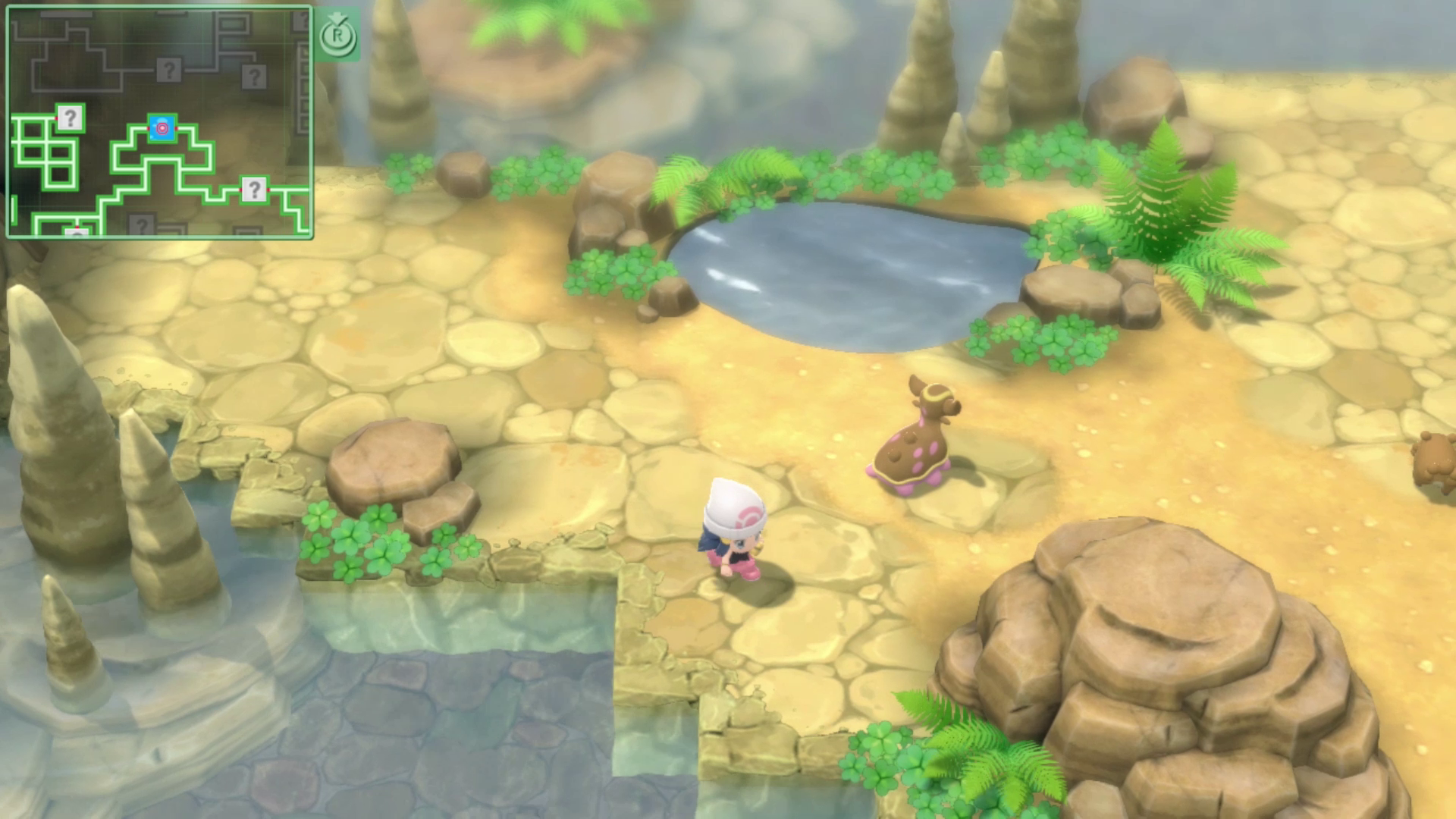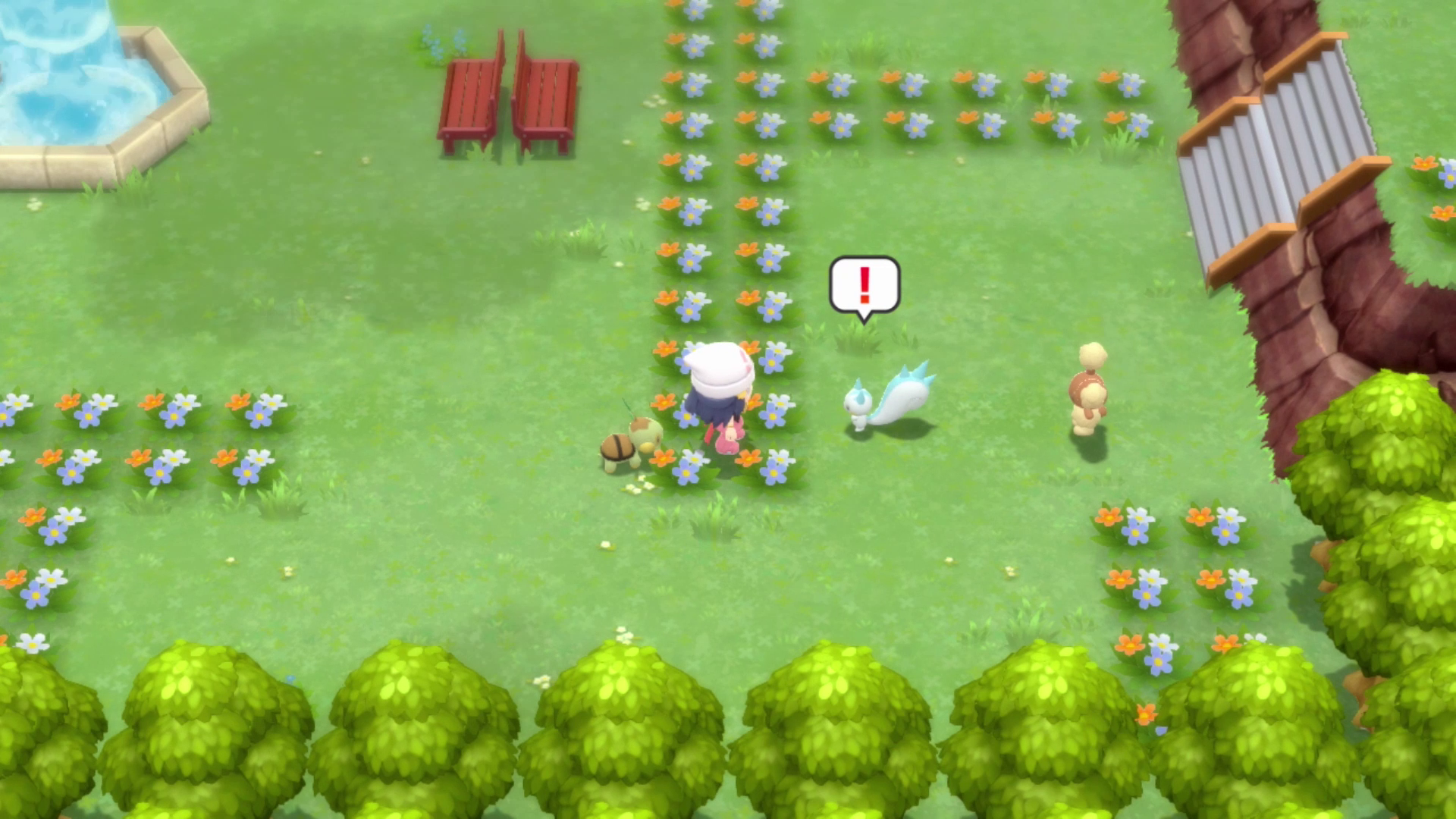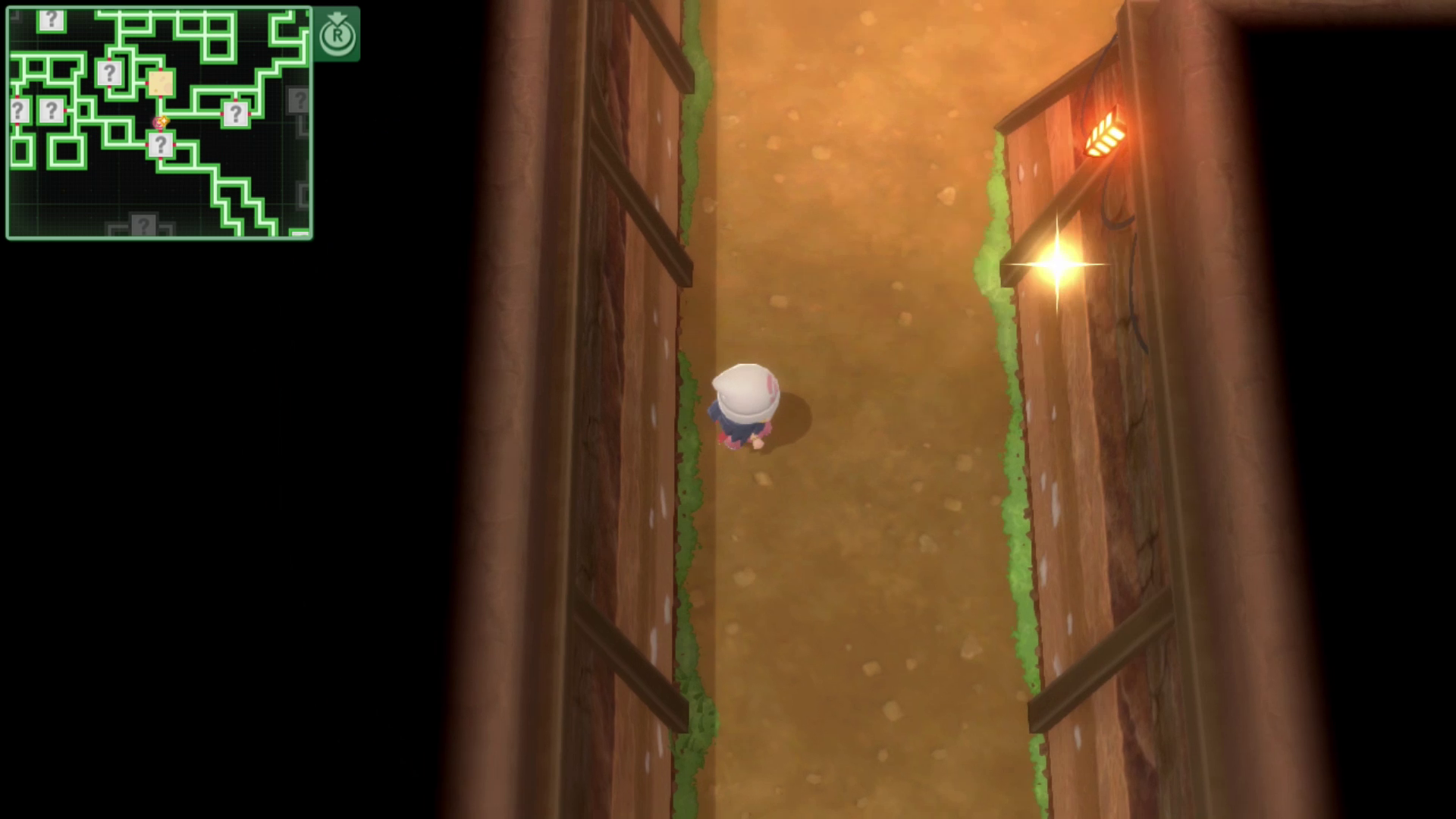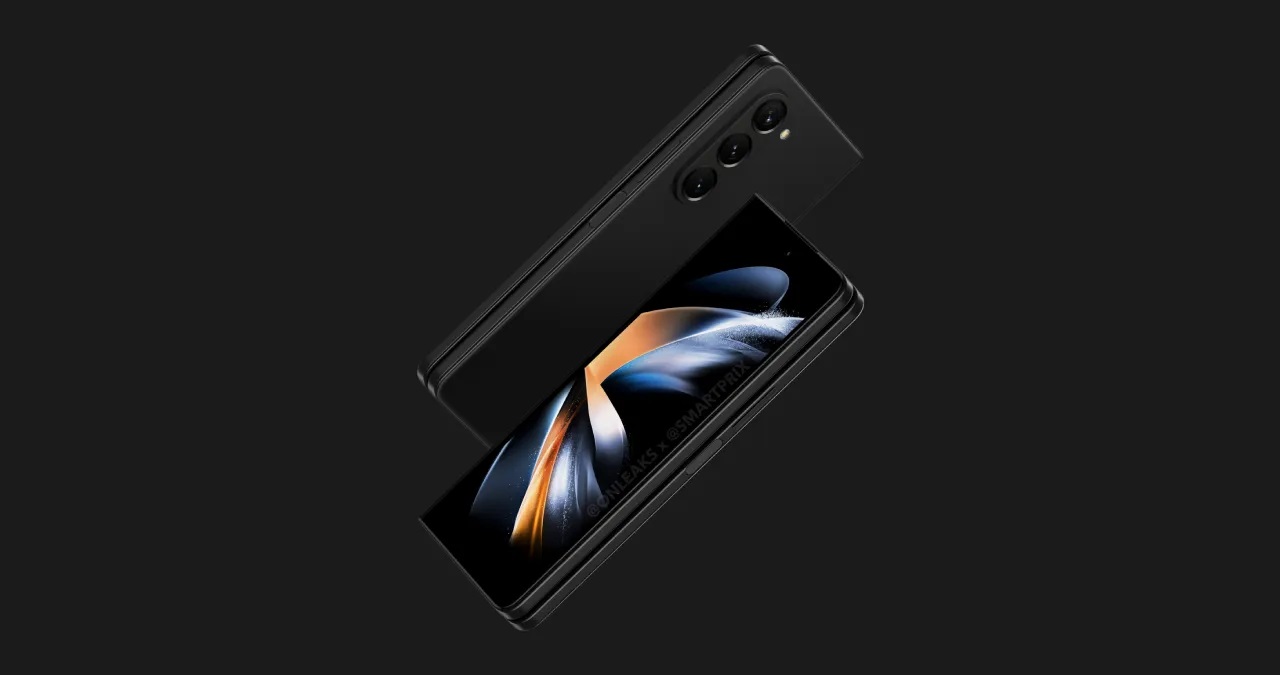Pokémon Brilliant Diamond – -apkrig
In its work on the Pokémon series, Studio GameFreak enters a stage where it no longer remakes ancient Game Boy titles, but dates back to the Nintendo DS. This also applies to the fourth generation, which once brought a large number of interesting game mechanics, new Pokémon and, above all, the mythical underground empire. Today, the remaster Brilliant Diamond (and you could say that its sister Shining Pearl) will look at the tooth.
While the Nintendo DS at the time of its launch had two screens on which the controls were laid out, the remaster released on the Nintendo Switch had to reach into the game itself and adapt the interface to a single screen. The individual elements thus seem “unconventional” in the context of the transfer of the fourth generation to Switch, but at the same time clean and modern. These are adjustments that do not offend anyone and were necessary for trouble-free operation.
In addition to the user interface, the graphics page has, of course, been redesigned, and the old-new Pokémon look to the world. The two-dimensional sprites, which were one of the reasons why one didn’t have to be afraid to reach for modder tools and be able to add new Pokémon to old games, have definitely taken over, and players can enjoy their charges in 3D, as we know from the following generations.
At the same time, however, the authors did not go too far. They retained the classic view from above instead of the more modern RPG camera located behind the shoulders of the main protagonist (or protagonist), as in Pokémon Sword and Shield.
Unfortunately, the conversion to a modern form did not go without debatable elements, and one of them is clearly striking. The characters in the game look like Funko POP figures, and although a similar concept testifies to children’s (or teenage) protagonists, for all other characters it is simply unnatural. Pokémon games often deal with adult motives and ideas, but if you are being told about them by a person who could easily sway on the dashboard of your car and lacks only a movable neck, the atmosphere melts like steam over a pot.

Your tail is burning, monkey!
However, this series is not about humans, but about pocket monsters. After the slightly bizarre third-generation Pokémon, the fourth is much more conservative and natural when it comes to fighting creatures – and I dare say it’s cuter. Whether you look at the adorable starters, the electric Luxia, the steel Bronzor, my favorite stinker Skuntanka, or other nice guys you will meet, you probably won’t avoid sniffing. In addition, the game respects the changes introduced by other generations, so even ancient Pokémon have modern types or abilities that you may be used to from current titles.
At times, I had the feeling that the selection of Pokémon was somewhat limited, but let’s face it, with the fourth generation, there were over four hundred monsters, and the selection was quite wide without alternative development forms or the other four hundred Pokémon on offer. You probably won’t avoid having some of the Pokémon you’re used to in the most elaborate parts of the series, but honestly – does it bother anyone?
As a result, it’s up to you how interesting and challenging the game will be, you can finally decide to go through it only with the fourth generation of Pokémon. But no matter how you play, you will enjoy one major improvement – yes, I say out loud that it is an improvement, even if it puts you at risk of immediate stoning. Newly, even Pokémon that do not actively participate in combat gain a certain amount of experience. So you don’t have to spend precious time grinding levels indefinitely and instead go through the game smoothly.
This is literally a life-giving improvement, but it does not reduce the difficulty of some fights or the need to be able to properly compose a group of charges and optimize their attacks and statistics, so that you can eliminate your enemies. The first major bump of difficulty appears somewhere near the third stadium, and although the game still looks very familiar, thanks to the ability to elegantly level even otherwise forgotten Pokémon, you can spice up your pilgrimage with a sufficiently diverse team.

Down in the mine
Speaking of those forgotten Pokémon: As is good practice, the Sinnoh region also has its prehistoric relics. However, the path to them does not lead through the accidental collection of some of the fossils, but a completely targeted excavation in a large underground system, which is the main attraction of the fourth generation.
By the time the original Diamond and Pearl versions came out, the underground environment was completely new mechanics. The player could use various tools in selected places to uncover the rubble and under it various types of objects and especially fossils. These are complemented in the remaster by, for example, majestic statues, ie real archeological finds with which you can embellish your underground lair.
So far, I have written mainly about cosmetic modifications and modernization of some game elements, but in the case of the underground, it is necessary to go a little further. It is adorned with new caves, special biomes in which slightly different Pokémon can be caught than the ones you come across on the surface.
After careful consideration, I came to the conclusion that this is a very two-pronged improvement, because on the one hand you have the opportunity to use more Pokémon from the beginning, but on the other hand I managed to get the hellish Houndoom at the 28th at a time when my own charges were in most cases about ten levels weaker. And then you can really walk through the coaches outside in the blink of an eye.
The ambiguity of biomes does not only end with the offer of Pokémon – it also lies in what the authors dared to do with the game. The ILCA studio behind the remaster seems to be trying out what Switch and Sinnoh can handle, but at the same time they were afraid to put their full trust in their ideas. And so deep underground you will encounter Pokémon face to face. No frantic running in the grass like on the surface – you can directly see which creature is facing you, you can avoid it, go around it or engage in an encounter.
It’s a great innovation, but limited to the damp darkness of the sun. And it’s a shame that the authors didn’t dare use this element in the rest of the game, because it would only benefit the transfer of the fourth generation to this day – and there would be marketers who were guaranteed to cram Pokémon around the world into every trailer.

Diamonds do not rust
As a result, the Pokémon Brilliant Diamond makes only minor, partial changes to the proven gameplay and moves the old title closer to the current audience. I can’t be angry with the authors for that – and I especially appreciate the fact that I can enjoy duels and not waste my precious time grinding levels like in my teens, when there were still many more free afternoons and evenings.
The new remaster once again shows how long the entire Pokémon series has actually gone. At the same time, the authors should take their work on Diamond and Pearl as a warning, because they find themselves on thin ice. With a possible remaster, the Black & White pair will catch up in development.

